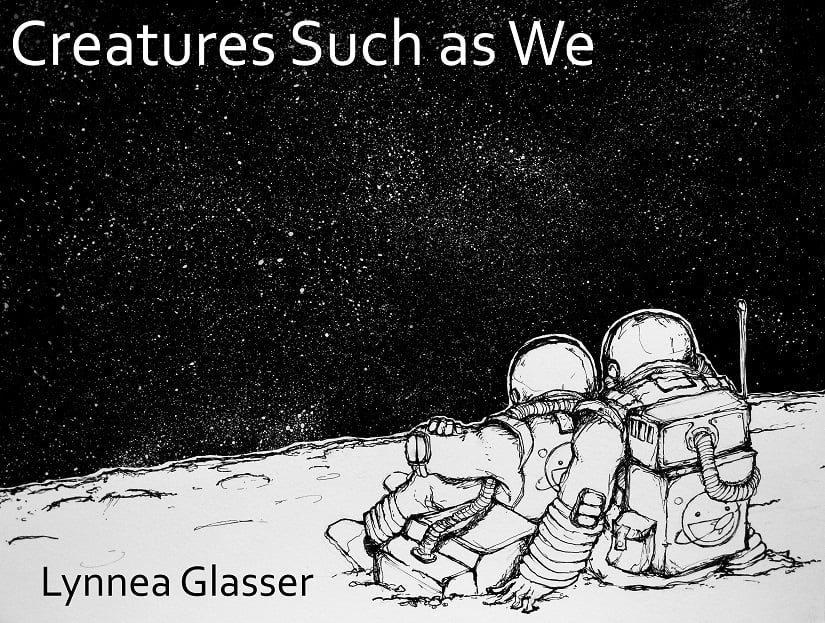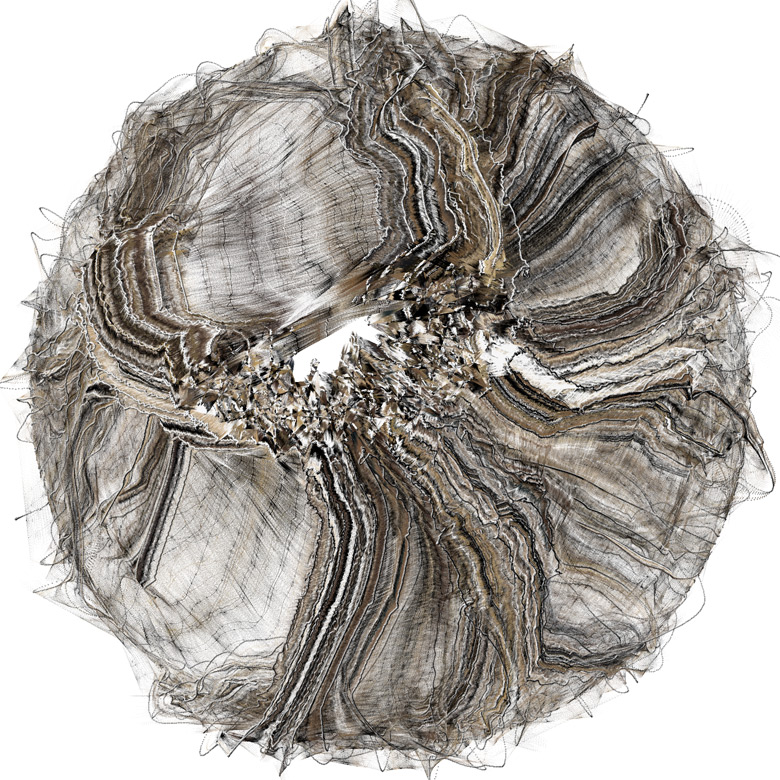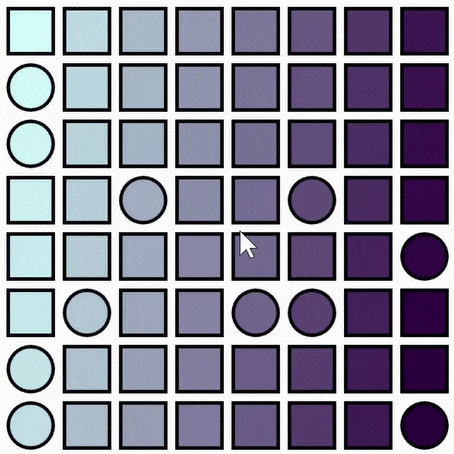
https://www.choiceofgames.com/creatures-such-as-we/#utm_medium=web&utm_source=ourgames
For this Looking Outwards, I'd like to share a charming text-based adventure game site I found around 2009 and my favorite game from their collection. Choice of Games is a company that produces and hosts text-based adventure games created using their scripting language ChoiceScript. I like these works because they are lengthy, well-written, fantasy-esque games with meaningful choices, but there are a couple interesting characteristics about this platform that are relevant to this class.
First is how Choice of Game hosts curated user-created games written with ChoiceScript. I find this relevant to how media art seeks to be completely democratized and accessible, but I am reminded of a post I saw a long time ago complaining about ChoiceScript ruining the sanctity of text-based adventures. This makes me wonder why creative technology seems particularly prone to gatekeeping. Perhaps this is more because art in general is prone to gatekeeping, but its exclusiveness is highlighted when juxtaposed with technology's affinity for mass adoption.
Second, I cannot help drawing comparisons to Twine and wondering why Twine has become the creative's tool of choice rather than ChoiceScript. The most straightforward conclusion is that ChoiceScript is created specifically for text-based adventure games, whereas Twine broadly supports choice-based games in general. HTML, CSS, and visual languages are all tools supported by Twine. With ChoiceScript, narrative trees and eloquence are the only tools available. To me, I don't see this as a downside because these tighter constraints make for rich storytelling, but it definitely falls short on interactivity and functions more as a novel.
What I desire more from Choice of Games are narratives that are not standard fantasy-adventure stories but more introspective or exploratory. This is why I link Creatures Such as We as an example instead of one of their more popular games like Choice of the Cat. (Yes, it's exactly what you'd expect). Creatures Such as We is "a philosophical interactive romance novel by Lynnea Glasser" about video games on the moon. I don't have any justification for liking this story besides I'm a sap.








